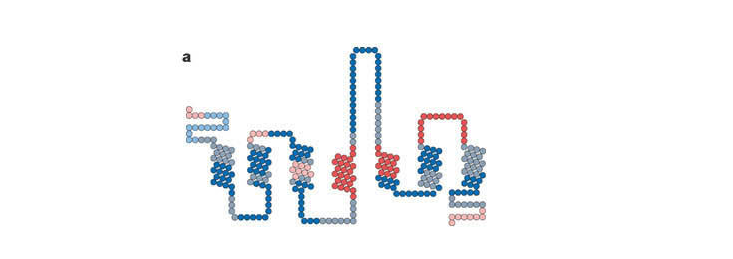Abstract
The animal olfaction or smelling is a process to recognize almost unlimited types of volatile odorants through main olfactory epithelium consisting of 6~10 million olfactory sensory neurons (OSN). Specialized olfactory receptors (ORs) of OSNs bind olfactants from environments and initiate signals for sensing smell. We reviewed the current understanding on olfactory receptor genes of animals which play critical role for olfactory sensing. The olfactory receptors are encoded from a family of genes consisting of the largest number regarding to a phenotype in the genome of higher animals. They also seem to rapidly evolve according to environmental changes, resulting in 60 genes in mink whales to ~4000 in elephants. The analysis of olfactory receptor genes and their characteristics can contribute to better understanding animal behaviors and ecological adaptation. However, the complexity of the system according to a large number of genes limited the analysis to only several species with a high quality genome information. The understanding the diversity of OR repertoires among difference species and the genetic variations including copy number variation could reveal new finding on animal reproduction and behavior.
Figures & Tables

후각수용체 M17의 구조. 붉은색 동그라미는 variation이 높은 영역이고 푸른색 동그라미는 variation이 적은 영역을 나타낸다. 7개의 TM영역을 가지고 있다(Firestein, 2001).


